OTTAWA — The Canadian Home Builders’ Association has released a strategy detailing reforms needed to enable the industry to build 5.8 million homes in the next decade.
The CHBA’s Sector Transition Strategy emphasizes that a comprehensive approach is needed to set the stage for increased production, starting with financial and policy changes to pave the way, stated a Feb. 8 release. Those changes would enable more first-time buyers to enter the market.
One no-cost action for government is introducing 30-year amortization periods for first-time buyers on newly constructed homes, said the CHBA. This will enable qualified buyers who are currently locked out to become homeowners without creating demand in a supply constrained market, since only new homes would be eligible for the longer amortization, said the CHBA.
“What we are tabling is a strategy to support the industrialization of the sector. And just as last year’s federal budget put forth a made-in-Canada plan for a clean economy to address the climate crisis, we are presenting a made-in-Canada plan for housing supply to address the housing crisis,” said CHBA CEO Kevin Lee in a statement.
Lee said it is important to hear from the home building sector itself, which on a daily basis is experiencing challenges.
“Our Modular Construction Council and our site-built members bring a wealth of expertise to the table on how to actually address the barriers to getting more supply,” he said.
Next is the workforce issue. Changes to Canada’s immigration system are needed to attract skilled workers, specifically for residential construction, the CHBA said, in addition to encouraging Canada’s current population to pursue careers in the skilled trades and support apprenticeship programs.
To double housing starts, the CHBA said, there will need to be a fundamental shift in how homes are built in order to increase productivity, given the limited number of people who will be available. To achieve this, a shift towards more factory-built construction is called for. But factories require high capital investment, high overhead, a steady workforce and steady throughput, risks that need to be mitigated.
“The reason we build homes the way we do now is that the sector and its business structures are set up to deal with the boom-and-bust cycles that housing goes through. In order to see a transition to more factory-built systems, government support will be needed initially to substantiate the business case and de-risk the investments,” stated Lee.


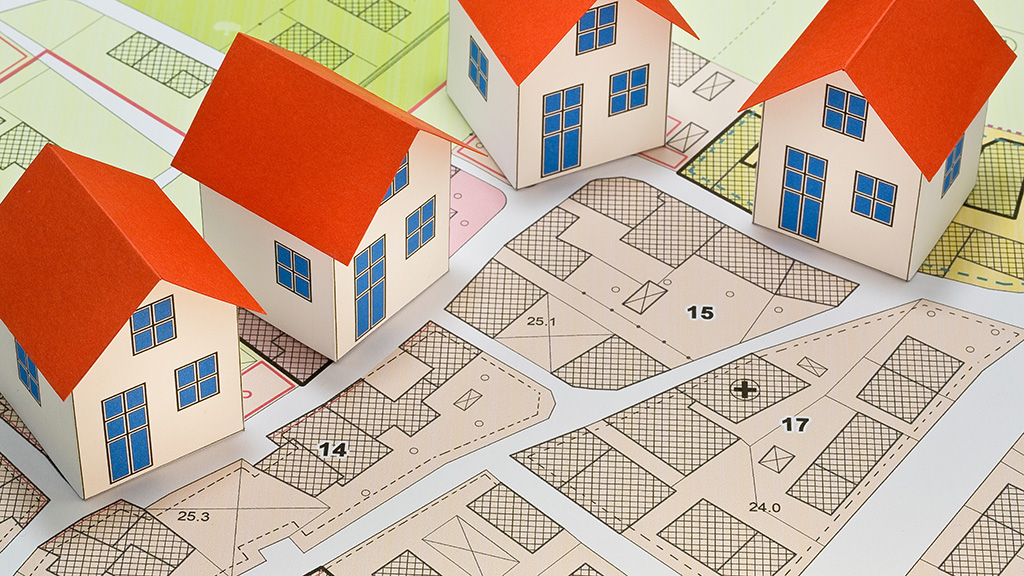
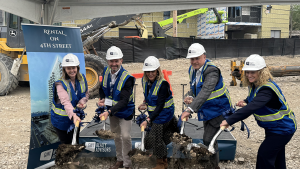
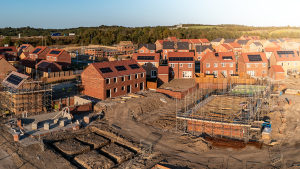
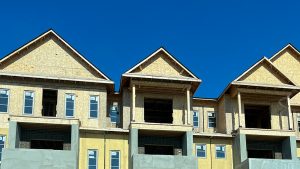

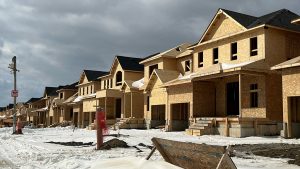



Recent Comments